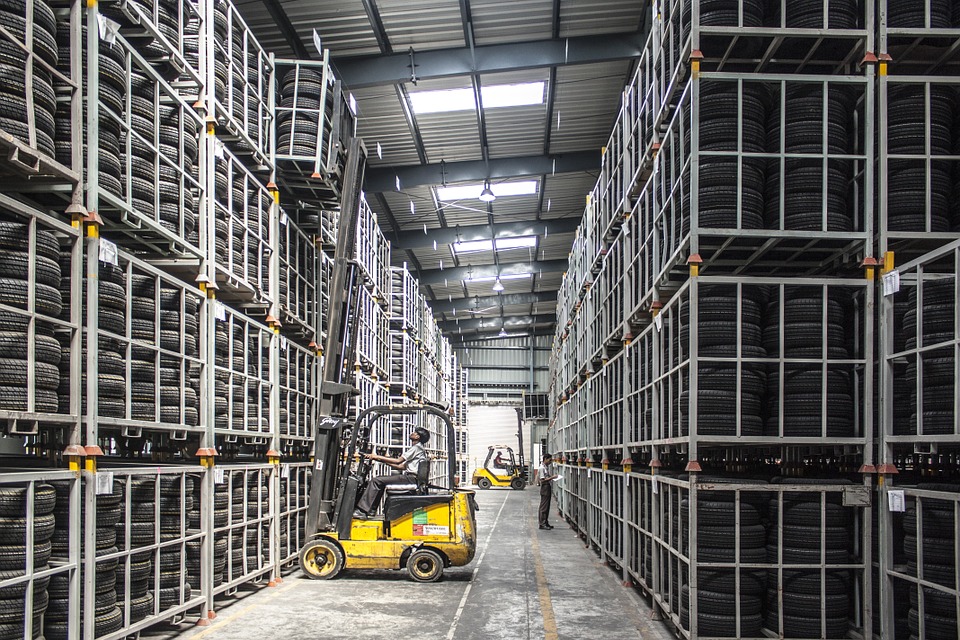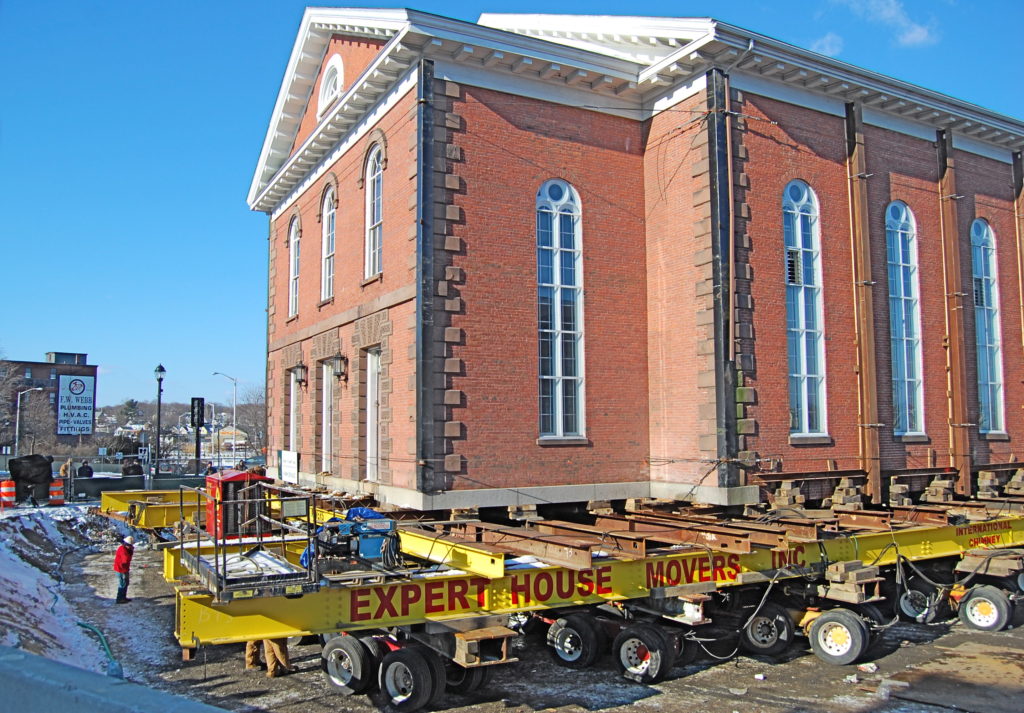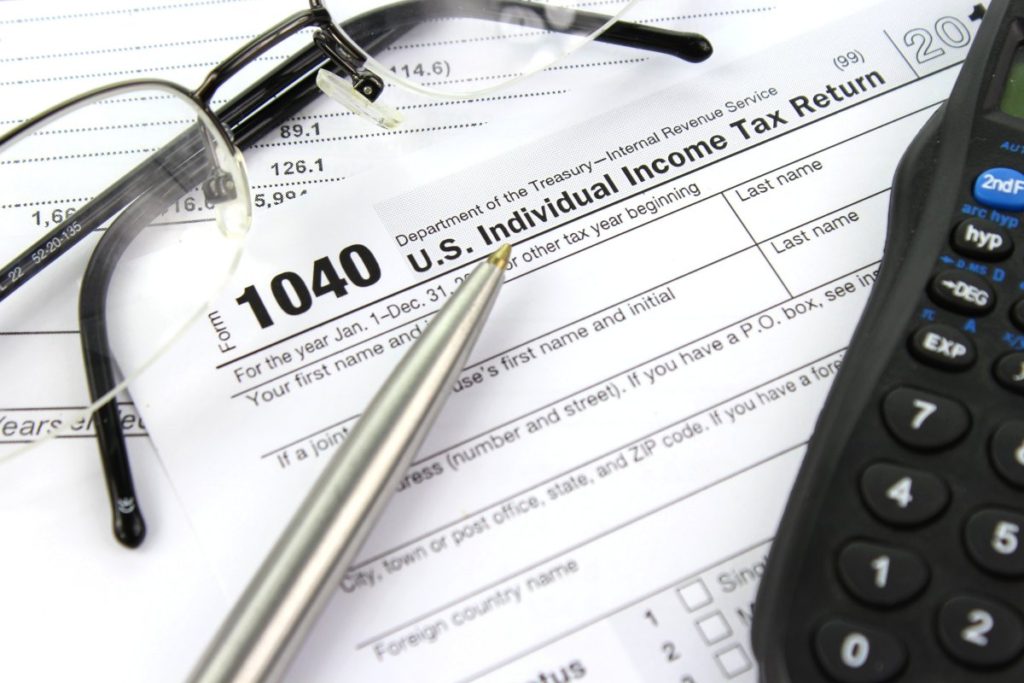
There is a lot of different material handling equipment out there. All of them, however, are designed to help staff in factories or warehouses move things about, either within the workplace or to the consumer. It is critical that factories and warehouses have this type of equipment in place, as it makes the entire operation not just quicker and more efficient, but also a lot safer. If you are looking for material handling equipment rental, however, it is important that you first consider exactly what type of equipment you need. Let’s take a look at the different categories.
Material Handling Equipment for Transportation
This category of equipment is all about moving materials and goods from one place to another. For instance, it could be moved from the storage area of a factory, into a loading dock. The right trolley can make this transport process smooth and hassle-free. The equipment can be either internal or external. Examples of internal machinery include:
- Hoists.
- Forklift trucks.
- Conveyor belts
These are all used to help move materials between production areas within a warehouse or factory, for instance from a packaging area to a storage room, or from an assembly line to a waiting area.
External equipment, however, includes things such as commercial trucks or shipping containers. Their role is to make sure goods can go from their place of manufacturing to stores or retail outlets.
Material Handling Equipment for Positioning
Positioning equipment is in place to ensure materials and products can be put in the right place. Examples include automated robots and feeders, for instance, all designed to make sure parts are facing exactly the right way when they are on the assembly line. Positioning equipment can also be a tilt or transfer table, whereby pallets or assembled goods are lifted or lowered. Lifts and hoists that are needed to place items on warehouse shelving units are good examples.
Material Handling Equipment for Storage and Retrieval
This equipment is everything you will see inside a warehouse, such as racks and shelves, used after something has been produced. Bins and cabinets are also included in this category. Liquid storage can be achieved in silos or drums. Most of the time, however, products that are placed straight onto pallets or onto the floor do not require any storage and retrieval equipment.
Material Handling Equipment for Load-Formations
This equipment is used to ensure goods and materials are ready to be shipped and therefore include packaging machines. Examples are:
- Pallets and skids onto which products are stacked.
- Boxes and crates.
- Machines that shrink-wrap any completed products.
- Bulk handling equipment in which liquids, grains, or oils can be transported.
Material Handling Equipment for Control and Identification
Last but not least, there are the control and identification pieces of equipment, which includes:
- Systems that track where different goods are in the entire production and delivery process.
- Software programs to control the inventory.
- Tags and barcodesthat can help to identify different packages.
- Portable barcode readers or magnetic stripe readers.
While this may seem like a huge lift, most warehouses and factories actually use all of these different machines.


